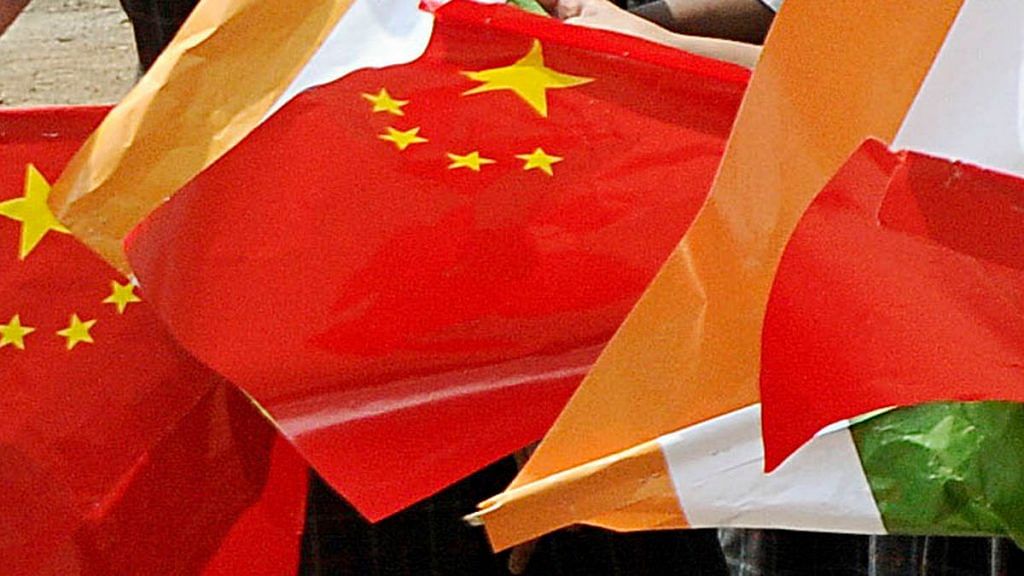New Delhi: The terms of engagement for the next round of corps commander talks between India and China will forgo the earlier concept of “equitable disengagement”, and will now take into account the changed dynamics on the ground, which will give India better bargaining power, ThePrint has learnt.
However, one of the biggest challenges is for China to put its words of wanting peace at the Line of Actual Control (LAC) into action. This becomes more important as the fifth plenary session of the 19th Central Committee of the Communist Party of China (CPC) is scheduled in October.
Sources in the defence and security establishment said the immediate focus of the much-awaited corps commander talks will be to ensure that no clash takes place at the southern bank of Pangong Tso, which has been dominated by India since the night of 29 August.
The sources said the status quo remains, with no forward movement, and the Chinese continue to position themselves opposite forward posts of the Indian Army. They also underlined that it is for China to live up to its words of wanting peace on the ground, and any Indian disengagement will happen only after China initiates it.
Also read: Why LAC could end up like LoC with more Indian Army deployment after China tensions ease
The changes
Asked about what would change with respect to the talks, sources said the fresh round would be held on new terms.
During the previous five rounds of corps commander-level talks, disengagement was based on mutual withdrawal of equal distance. While these steps were successful in the Galwan Valley and Hot Springs areas, they weren’t successful on the northern bank of the Pangong Tso, where Chinese had come in by eight kilometres. This meant that India could not pull back from an area which it dominates, and has had bases in for long.
Another issue was with the creation of a zone, loosely termed as “buffer zone” from the point of face-off. However, since China had come into Indian territory, the buffer zone at some places was actually more on the Indian side.
Adding to these issues was the fact that China was not agreeing to a time-scale disengagement process. This is why talks had reached a deadlock, with the last corps commander talks being held on 2 August.
With India realising that talks are not moving forward, a part of the military plan that had been worked out was put into motion, leading to deployment and reconnaissance in certain areas by specialised elements of the Army.
Chinese attempt to capture more territory on the southern bank of Pangong Tso on the night of 29 August forced the Indian Army to move in and capture certain heights. On 31 August, more troops came and dominated Reqin Pass and Spanggur Gap in the hills in the Chushul sector.
Indian troops also climbed up the ridgeline of Finger 4, and have now taken by dominating positions against the Chinese, who have captured territory up to Finger 4.
Following this move, there has been a flurry of statements by the Chinese, and PLA troops even opened fire in the air to intimidate Indian forces, who are standing their ground.
China even asked for a meeting with Defence Minister Rajnath Singh in Moscow and had a detailed discussion with External Affairs Minister S. Jaishankar.
Challenges ahead
Sources said the main challenge in future talks will be that everything will start afresh. “However, the single biggest challenge is for the Chinese to put their words into action,” a source said, explaining that both sides have undertaken tactical moves at the LAC ahead of the winters.
The source said while India is used to deployment of soldiers in extreme weather, it will be new to the Chinese.
“India’s move in the last week of August and the fact that the winters are approaching changes a lot of dynamics,” a source said.
Former Army chief Gen. V.P. Malik (retd) pointed out that the fate of India-China diplomatic dialogue and military situation in eastern Ladakh over the next few days depends to a large extent on how Chinese President Xi Jinping wishes to project himself in the coming CPC plenary.
The fate of India-China diplomatic dialogue and military situation in Eastern Ladakh over the next few days depends to a large extent on how Xi Jinping wishes to project himself in the coming 5th Plenum of the Party's Central Committee in October 2020
— Ved Malik (@Vedmalik1) September 14, 2020
Also read: Govt looking into reports that China tracking 10,000 Indians via ‘hybrid warfare’ firm
